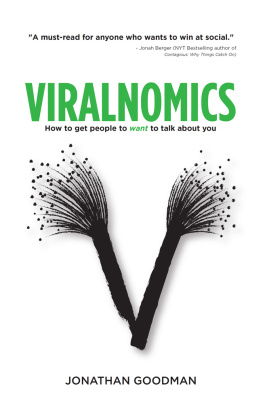Critical Voter
JONATHAN HABER
Critical Voter
Copyright 2016 JonathanHaber
All rights reserved.
Degree of Freedom Press
ISBN-13:978-0-9972053-1-2
www.criticalvoter.com
FOR BEN AND ELI
TABLEOF CONTENTS
Preface
Like many things these days, this book projectstarted with some kids (my own), a fit of pique, and a Bloggeraccount.
The story began in the fall of 2008, rightafter the Republicans and Democrats had selected candidates to faceoff in the November election. As a politically tuned-in family, weenjoyed talking about the campaign, especially with the mainevent looming. Given the extra excitement associated with havingtwo new candidates to argue over, rather than the less-noveldynamic of a re-election, enthusiasm was even gripping my two boys,who were eight and five at the time.
But as the weeks wore on, a dark element beganto emerge regarding those kids behavior. For when the subject ofthe upcoming presidential race came up, they started talking aboutthe candidate who was not the familys preference in rude anddisrespectful terms that none of us would tolerate if they weredirected at any other adult.
Clearly they had gotten the sense that thiswas OK from the adults around them, including me. So, in an effortto undo that programming, I tried to figure out a way todemonstrate to them that one could retain strong beliefs withouttreating those with whom you disagreed with contempt.
After struggling with how to do this, Isettled on the idea of turning myself into an independent voter, amember of that elusive species that no onenot the candidates, notthe media, and not even those of us who make up the publicseemto understand.
Taking on the role of an Independent requiredmore than just temporarily abandoning a party affiliation. So, inmy quest for genuine independence, I vowed not to make up my mindabout who to vote for until the last possible moment and to spendthe time between starting this project and Election-Day thinkingabout issues and each candidate from every possibleangle.
This being the era of never keeping anythingto yourself, the effort included a public-facing side in the formof a blog called Undecidedman, where I posted my thoughts aboutwhat it meant to be an independent voter during a period of intensepartisanship between the 2008 party conventions and the Novemberelection.
It was only after that election ended that Irealized experiencing a campaignan event full of arguments andattempts to persuadewithout your mind already made up provided aremarkable opportunity to not just vote but to thinkindependently rather than follow the normal path of believing andacting as others assume you must.
Like most members of the family, the kidsfound Undecidedman an exercise in eccentricity. But even at fiveand eight, they seemed to have ended the election season with moreof an open mind than when it began. The question remained, then,what might be worth pushing through this partially openeddoor?
Fortunately, my professional life as aneducational researcher provided the opportunity to pursue thisquestion in depth through a study of how critical-thinking skillsare defined, taught, and evaluated.
That exploration put me in touch with a numberof remarkable scholars and activists trying to reconcile the highpriority placed by educational policymakers on developing studentscritical-thinking abilities with how little time schools devote toteaching those skills.
While I had my own ideas on what should beincluded under the category of critical thinking and how thosetopics could be taught, the only ready audience I had to test outthose theories was my own children. So as the boys turned twelveand nine and the 2012 presidential election loomed, we spent longdrives and hikes in the woods talking about logic, fallacies,rhetorical devices, and a range of other topics that all seemed toadd up to what it meant to be a critical thinker in todaysworld.
Learning during this period turned out to be atwo-way street. For even as I was introducing them to Aristotle andanaphora, they were exposing me to the dual role theInternet played as potential enabler and threat to the ability tothink independently.
By the time the 2012 presidential campaignseason began, four years of research and experience added up toenough material to leverage the enabling opportunities of theInternet to start a new educational project. And thus CriticalVoter was born as the podcast from which much of what youll bereading in this book originated.
Like the Undecidedman project, Critical Voterwas designed to use a presidential election (in this case, the 2012race between President Obama and Mitt Romney) to explore somethingbeyond politics. This time, however, that something consisted ofthe range of tools that, I argued, added up to what is needed tostart down the path of becoming a critical thinker.
Critical Voter was released as a fullcurriculum with podcasts acting as lectures and associated lessonplans and quizzes designed to allow teachers to integrate thatmaterial into their coverage of the election. And while I was toobusy creating content to figure out how widely it might have beenused, it was clear from how the election proceedednot to mentioneverything that has happened sincethat simple things like thinkinglogically have yet to go mainstream.
As preparations for the 2016 presidentialelection kicked in, it seemed like the right time to create a moreaccessible version of Critical Voter, one that would provideeverything people should know in one place, i.e., this book. Unlikethe original podcast, Critical Voter the book does not focuson the current election but rather draws from many examplesthroughout history to illustrate the key components of criticalthought.
Here I should pause to note that thosecomponents do not consist of the Alpha and Omega of what it meansto be a critical thinker. Many people have written books or teachcourses on the subject that are more comprehensive than the bookyou are reading now. But if there is an angle to the subject uniqueto this volume, I believe it to be that the topics covered (fromAristotle to cognitive science to media and information literacy)were selected for their practical value, consisting as they do oftechniques you can put to use right away that can contribute to abetter and happier life.
A friend recommended that I package this ideaof Practical Critical Thinking into a self-help book, which Ibelieve the final product to be, even if it doesnt include as manypromises and exclamation points as do other works that betterconform to that genre. For I cant think of anything that hashelped more in my professional career, beyond lucky breaks andwonderful colleagues, than techniques youll be reading about thatcan help you organize your thinking, communicate clearly andpersuasively, and find and use the information you need to solvechallenging problems and avoid being suckered.
As for my kids, its too early to offerlongitudinal results regarding school success based on this datasetof two. But when one of them appeared on the Critical Voter podcastwhere he dissected a Death with Dignity ballot initiative usingseveral critical-thinking tools covered in this book, I was onceagain delighted to discover how much I , like the podcastlisteners, could learn from him.
Disciplined reasoning as well as communicationskills that take into account the needs of others are alsoimportant elements of successful relationships with friends,co-workers, and family members. Which is why I like to think thatthe techniques outlined in this volume can contribute not to justhigher grades and a successful career but to a happierlife.
As discussed in the introduction chapter thatfollows, this book is about using the presidential election tolearn critical-thinking skills, rather than using critical thinkingas a way to talk about politics. But there are political lessons tobe learned from this exercise, especially in an era when those whoseek power often count on the people they are trying to persuadebeing ignorant of the methods being used to manipulatethem.
Next page
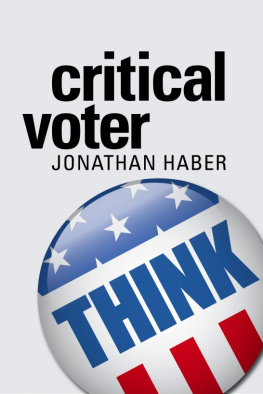
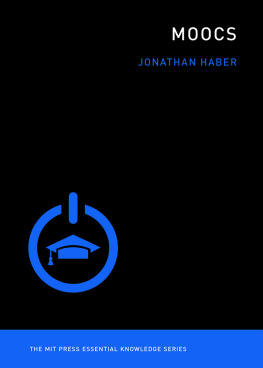


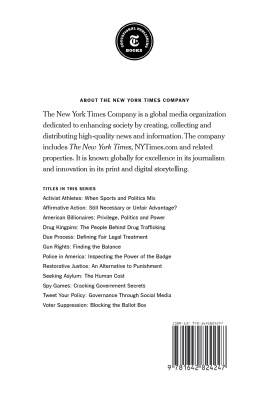
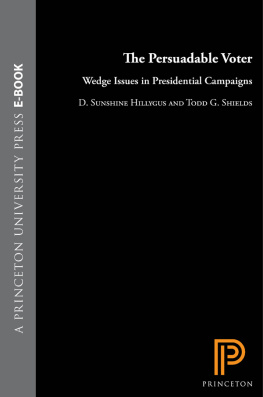
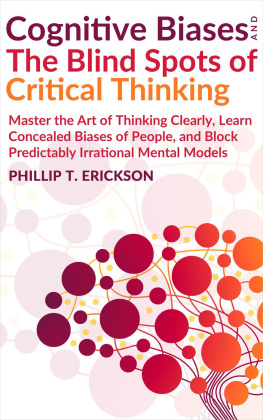
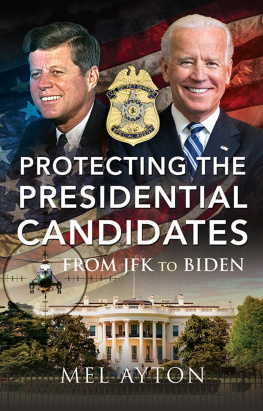
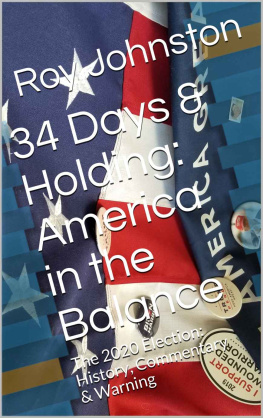
![T. H. Logwood - Voter Fraud and the 2020 Presidential Election; “Joe Biden wins by a Miraculous Landslide” [with appendices]](/uploads/posts/book/259666/thumbs/t-h-logwood-voter-fraud-and-the-2020.jpg)
